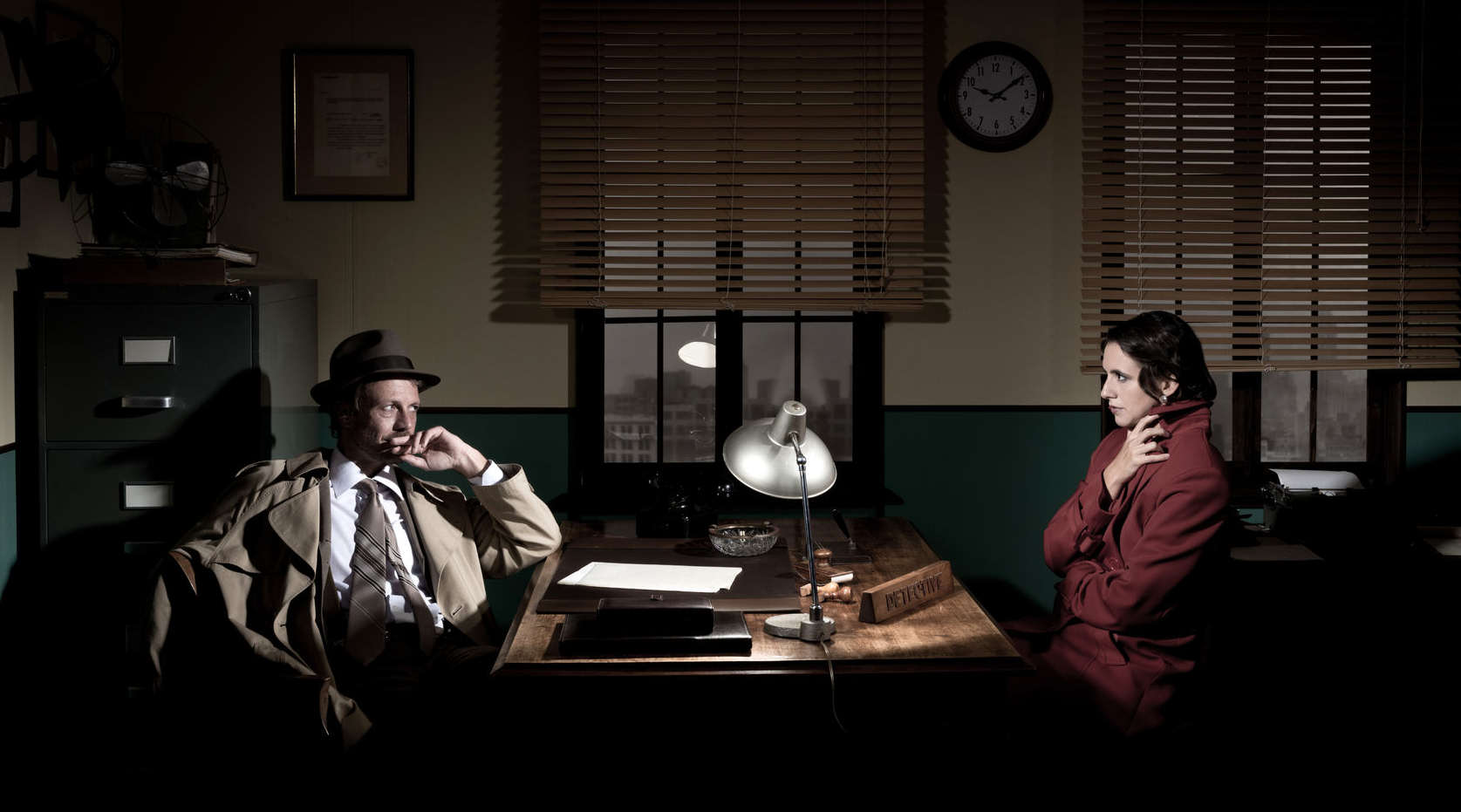

It was 3 a.m. in lower Manhattan, the time of night the city gave up its dead.
The Peeping Toms came out round midnight. The deli stick-ups commenced around 1 a.m. Buildings went up in flames between 2 a.m. and 3 a.m. After the bars closed at four, the second-story men and vandals struck. At 5 a.m., the jumpers who’d been agonizing all night took their fatal dives from rooftops and fifth-floor fire escapes. All as reliable as a German train schedule. Only grisly auto accidents failed to keep regular schedules.
Which was why Weegee the Famous slept days and prowled the city at night with his camera, when the worst of the worst happened.
But 3 a.m., that’s when the murder victims turned up. That’s what put money in his pocket. The tabloids paid okay for photos of fire victims and jumpers, especially emotional shots of spectators gasping at people trapped in a fire or gawking to see if someone would take their final leap in life. Smash-ups paid okay if they were bad enough. But the city’s numerous tabloids paid best for nice 8x10s of murder victims.
Photographing murder victims wasn’t difficult these days, what with the raging mob wars. Weegee could rely on one a night. On rare nights when no gangster turned up dead, there were always the stray husband-wife or wife-husband murders, or the loner who no longer could stand the radio blaring from the next-door apartment of a hard-of-hearing old biddy.
That was the problem. There were too many murders these days. The gangsters were turning New York City into a battlefield where the casualties were faceless. Weegee photographed hundreds and hundreds of bullet-riddled bodies. But tabloids were offering less dough these days, sometimes nothing at all. Editors claimed their readers were getting bored with death.
The big gangsters still sold well, like his pictures of a dying Dutch Schultz. Mad Dog Coll, who killed for the sheer thrill of killing, gunned down in a phone booth. Or a capo shot dead in his Packard convertible, his dead moll beside him. Those brought top dollar. Sometimes a bit of humor or irony or unusual pathos worked if the victim were unknown.
But dopey editors were balking more and more at pictures of another humdrum mob hit, one more dead gangster in a pearl gray hat.
Which was what Weegee was staring at now on Essex Street just off Delancey at 3:15 on a cool October night. A lowly foot soldier, lying in the gutter face up in his black suit, shiny patent leather shoes, and a pearl gray fedora lying three feet away, two bullets in his pump, the blood leaking down a storm drain. Nearby lay a .38-caliber revolver. The killer’s gun, no doubt. Better to leave it than get caught with it. The cops would find it clean of fingerprints and the serial number gone. A tipoff from the killer for the detectives to not work too hard trying to solve the unsolvable.
“Know him?” asked Detective Julian Gold as Weegee adjusted the settings on his 4x5 Speed Graphic.
Gold, a thick-necked homicide detective who turned up at murder scenes almost as frequently as Weegee, always asked that question because Weegee had photographed so many gangsters, dead and alive. He was a regular walking gallery of mug shots. That’s why he liked Gold more than most of the detectives. He not only was a good detective, Gold made him feel respected.
“Nah,” Weegee replied around a stubby Cuban stogie. He raised his camera and snapped a picture, his flashgun lighting up the night for one stark black-and-white moment, the darkness as defining as the light.
Gold bent down and rifled through the man’s overcoat and suit pockets, coming up with a brown leather wallet. He read the driver’s license. “Jimmy LaRocca. Ring a bell?”
“No.”
“Nobody famous, then?” asked Gold’s partner for the night, a detective Weegee didn’t see often and whose name he couldn’t remember. The man sounded disappointed.
Gold shook his head of dark curly hair. “Nope. Just another dead soldier. A nobody.”
Which didn’t mean Gold wouldn’t try to find the nobody’s killer. Most detectives and the brass didn’t care who killed a gangster. Gangsters knocking off gangsters was an efficient use of police manpower. Saved them a lot of paperwork and prison space.
Unless innocents were caught in the crossfire. Then pressure came down to clean it up, like the time Mad Dog Coll killed a five-year-old while bumping off a fellow gangster. Otherwise, let ’em kill each other.
But Gold cared, even if trying to solve it was a Sisyphean task.
(Visit Amazon for a print version)
Digital Subscription
Future issues are emailed on the 1st of each month.



